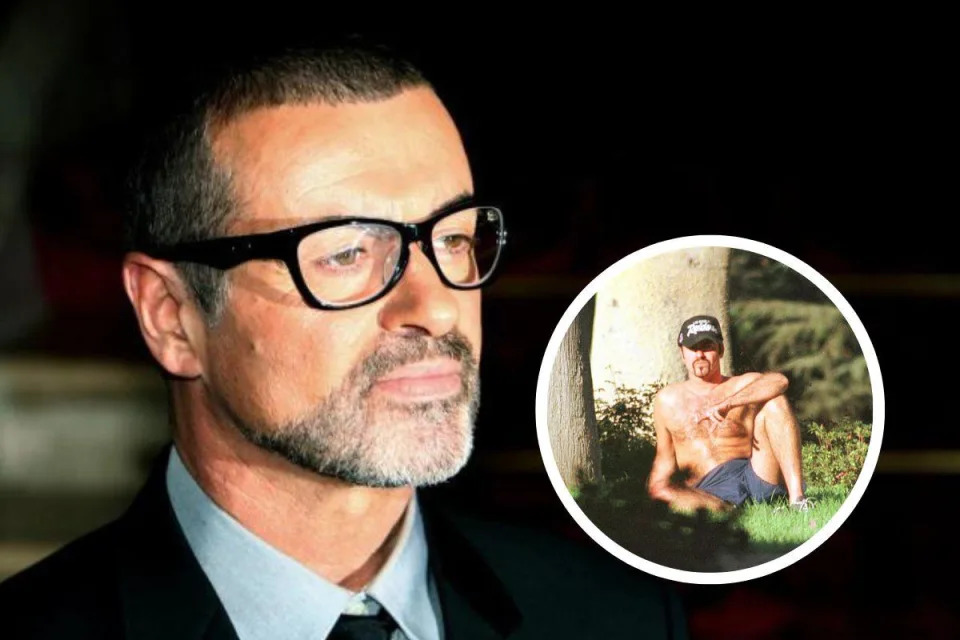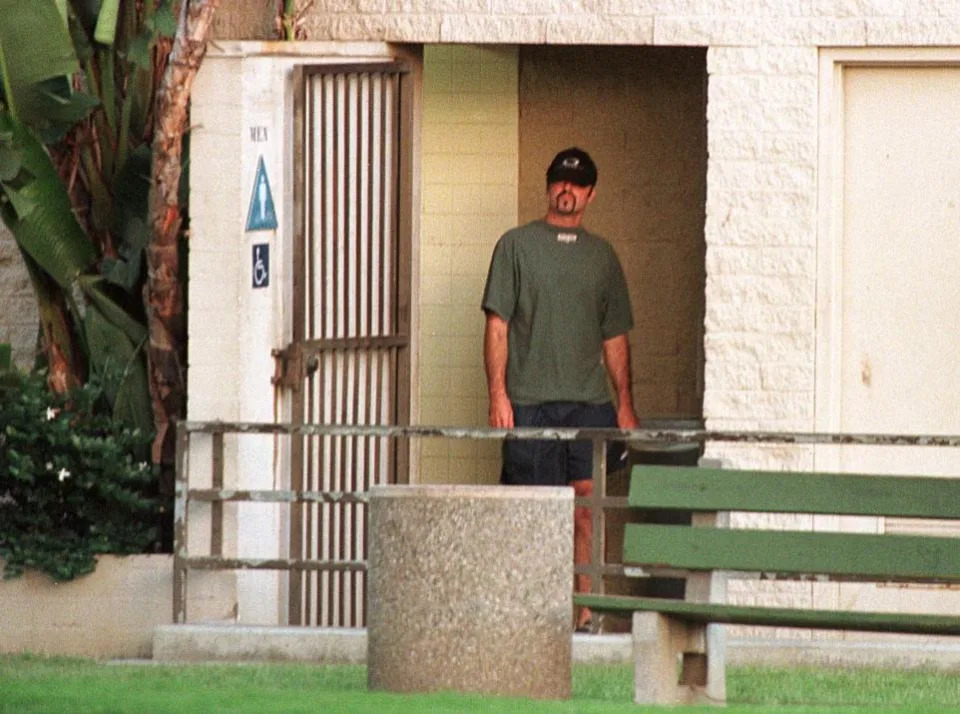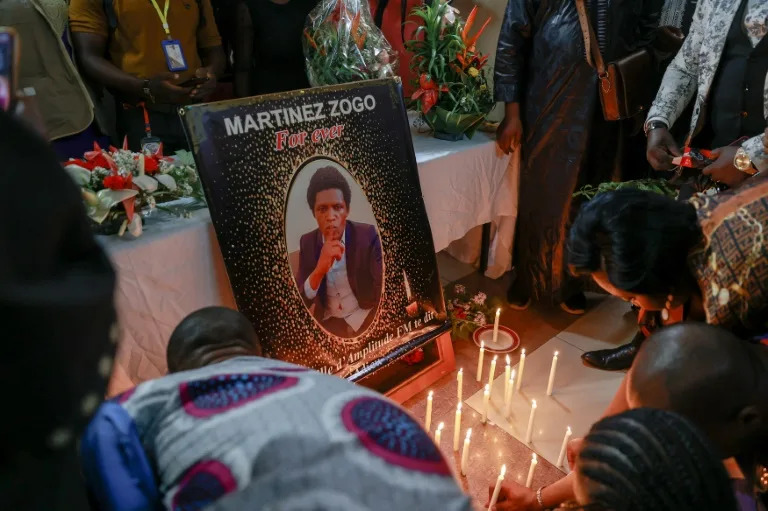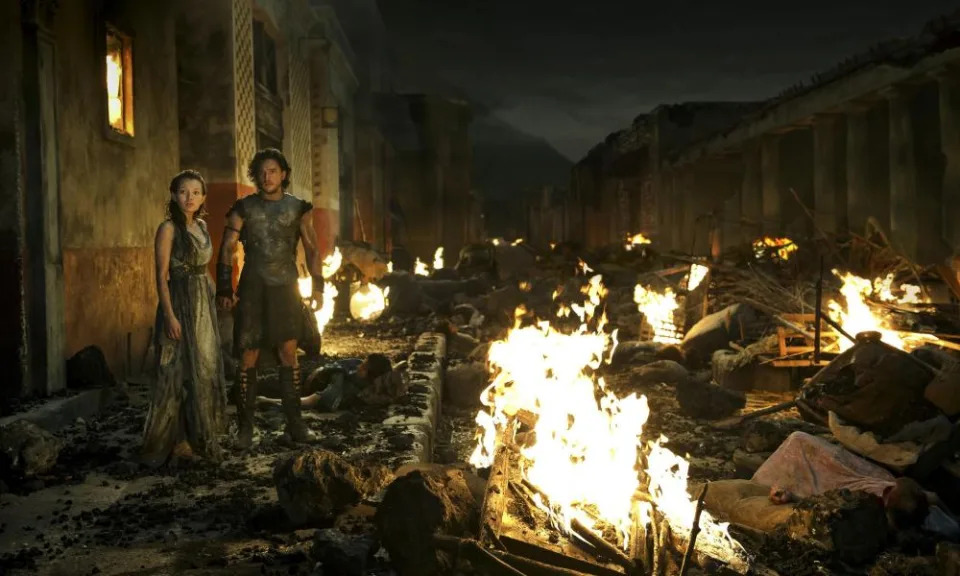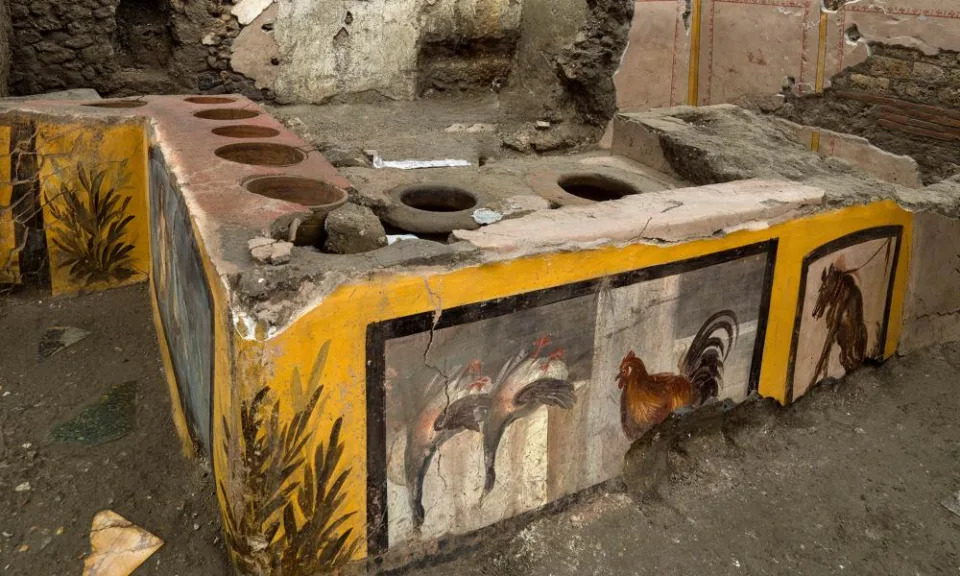Fox News lied about election fraud. Why didn't Trump Nation voters notice – or care?
Mike Kelly
Sun, March 5, 2023
Six years ago, as Donald Trump was settling into the White House, my editor told me to take a road trip.
Get away from the “Blue State” bubble of New Jersey and New York, he said. Drive out to the farms of Pennsylvania, the coal mines of West Virginia, the rusty steel mills of Ohio. Talk to Trump supporters. Find out what the mainstream media missed.
So began my trek into what I have come to describe as “Trump Nation.”
That first journey to document Trump’s remarkable rise led to other trips in each of the years of the Trump presidency — all culminating in the historically consequential 2020 election.
It turns out that America’s media — including me — missed plenty. America was clearly hurting in places like the faded steel town of Mingo Junction, Ohio, where the loss of jobs that were sent overseas turned a once-bustling community of white and Black residents into an empty hulk. Or Keyser, West Virginia, where far too many young people struggled with opioid addiction and a lack of health care. Or Hazleton, Pennsylvania, where the older ethnic white families wondered how they will get along with new Dominican immigrants. Or Pottsville, Pennsylvania, where generations of coal miners lamented the loss of their jobs amid the push for “clean energy.”
In some ways, it was a tragedy that cut across class, ethnic, religious and racial lines. And yet, distinct lines emerged.
Love your enemies: What Martin Luther King can teach us about healing toxic polarization
A conversational road map: We meet weekly for lunch and talk politics. We don't always agree. But we're always civil.
Trump voters told me they resented being called "deplorables" by Hillary Clinton. They said they felt that "coastal elites" looked down at their religious faith, their desire to own guns, their feeling that America was no longer "great." Those trips I took were a window into middle-class grievance — a loss of hope in the American Dream.
But something else emerged, too. These varied narratives and the enthusiastic Trump supporters were connected by a common thread: Fox News.
A right-facing Bible
Across Trump Nation, Fox News had become a Bible of sorts — a cable TV message board in an echo chamber that hungered for “news” that a once-great nation was in decline or at least being forced to change in ways that threatened old-fashioned values.
Every coffee shop seemed to have a TV tuned to Fox News. Every bar. Every motel lobby. Every gym.
'Hell on earth': I reported from the war in Ukraine. What I witnessed still haunts me.
The cable network had become a unifying voice, a cultural hub that brought together the stories that gave credence to an increasing belief among Trump supporters that America’s well-educated progressives were taking over the nation and pushing an agenda that demeaned religion, hard work and traditional families while promoting gender equality, high taxes, lax immigration rules and an ever-expanding welfare state geared to non-whites.
But now we know that voice — that echo chamber — was filled with lies.

From left, Tucker Carlson, host of "Tucker Carlson Tonight," Laura Ingraham, host of "The Ingraham Angle," and Sean Hannity, host of "Hannity" on Fox News.
Fox News' all-star lineup of anchors, including the hugely popular and influential weeknight triad of Tucker Carlson, Sean Hannity and Laura Ingraham, all promoted the false belief that massive voter fraud propelled Democrat Joe Biden to victory over Trump in the 2020 presidential election.
Such was their on-air message, anyway. In private, Carlson, Hannity and Ingraham harbored all sorts of doubts that the election fraud story was true. They were joined by no less than Fox Chairman Rupert Murdoch.
And yet, all these doubts were kept private. Fox News' executives feared that the Trump Nation audience of viewers would bolt for more conservative networks if Fox News expressed serious doubts about election fraud. In other words, Fox News promoted lies to keep high TV ratings and profits.

Fox News chairman and CEO Rupert Murdoch on Nov. 1, 2017, in New York City.
Indeed, while many Fox News stars felt that Trump was wrong and reckless to keep telling the false story of election fraud, they continued to essentially act on camera as cheerleaders for this comedy of errors.
And even when some Fox News journalists raised concerns about the truthfulness of Trump’s claims, the network’s executives and anchors did not speak up for the truth. The goal seemed to be to keep the profits rolling in.
Fact check: How we know the 2020 election results were legitimate, not 'rigged' as Donald Trump claims
Promoting lies of election fraud over facts
Consider what took place when Fox News White House correspondent Jacqui Heinrich fact-checked one of Trump’s claims of election fraud and found that the former president was circulating lies. Instead of supporting Heinrich’s dogged research — or at least reporting it — Tucker Carlson sent a text message to his partner-in-lying, Sean Hannity.
“Please get her fired,” Carlson wrote to Hannity. “Seriously … what the f**k? I’m actually shocked … It needs to stop immediately, like tonight. It’s measurably hurting the company. The stock price is down. Not a joke.”

Fox News host Tucker Carlson
Sadly, it wasn’t a joke. Heinrich was not fired. But her tweet reporting her fact-checking was deleted. Simply put: Fox News promoted the false tales of election fraud so its audience of Trump supporters would not get upset and the stock price would not plummet.
Later, when Fox News host Neil Cavuto cut away from a Trump White House press briefing where election falsehoods and misinformation were being promoted, Fox News leaders were told such a move presented a “brand threat.”
Adding to the mystery is the fact that some Fox News executives complained behind the scenes about the promotion of falsehoods.
Fox News President Jay Wallace said “the North Koreans” did a “more nuanced show” than then-host Lou Dobbs, who barely disguised his support for Trump. Jerry Andrews, the executive producer of “Justice with Judge Jeanine,” referred to host and former Westchester County Prosecutor Jeanine Pirro, another Trump supporter, as “nuts.”
Opinion alerts: Get columns from your favorite columnists + expert analysis on top issues, delivered straight to your device through the USA TODAY app. Don't have the app? Download it for free from your app store.
In page after page of court filings, released as part of a lawsuit in which a firm that manufactures computerized voting machines accused Fox News of defamation, the network’s most famous players seemed intent on lying to keep its audience — and revenues. This wasn’t journalism. It was consumer fraud at its worst. The desire for money trumped truth.
Path to police reform: How do we stop police from killing Black Americans? We must meet in the 'messy middle.'
Trump vs. DeSantis: Ron DeSantis stands no chance against a political barbarian like Donald Trump
Where's the correction?
If Ford or General Motors lied about the brakes in their cars to bolster profits or stock prices, the federal government would intervene with all sorts of regulatory complaints, perhaps even criminal charges. But because Fox News calls itself a journalistic enterprise, the best that can be done is a $1.6 billion defamation lawsuit by Dominion Voting Systems. The lawsuit’s trial is expected to begin next month in a state court in Delaware.
Amid the pressure of deadlines and our own human foibles, journalists make mistakes — sometimes too often. We mess up the math on budget reports. We misspell names of criminals, star athletes — even historical figures. We predict good weather, then realize a hurricane is looming. We sometimes offer misguided context. Certainly, this columnist is guilty of his share of miscues over the years.
But credible news organizations correct themselves.
Fox News hasn’t taken such a step.
No apology: Fox News' election lies vs. sexism from CNN's Don Lemon. The difference? Accountability.
End of the GOP?: Is this the beginning of the end for Trumpism or the Republican Party?
Some members of Trump Nation regularly write to me when I offer any sort of criticism of their man. In recent months, I’ve taken to merely telling them to “stop watching Fox News.”
Some have done exactly that.
They’ve moved on. But many gravitated to even more misguided right-wing platforms such as Newsmax or Breitbart News Network, which traffic in all sorts of falsehoods about the 2020 election, not to mention the COVID-19 pandemic and the Jan. 6, 2021, insurrection.
Welcome to Trump Nation.
Sadly, this is America.
Mike Kelly is an award-winning columnist for NorthJersey.com as well as the author of three critically acclaimed non-fiction books and a podcast and documentary film producer. Reach him at kellym@northjersey.com.
This article originally appeared on NorthJersey.com: Fox News lied about 2020 election fraud. Will Trump voters care?



